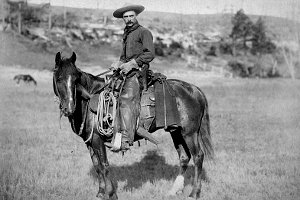What I also did this time was to try to find the answer without PubMed. I started out on Yahoo searching for human blood type evolution. Yikes.
Links 1, 2, and 7 talk about primate A and B blood types. Gorillas have B and chimpanzees have A and a bit of O. From this the authors try to conclude that we are somehow a mix of these two…perhaps gorillas and Neanderthals are closely related to each other and so are chimps and Cro Magnon. In this scenario, humans come from a mix of Cro Magnon and Neanderthals.
This is certainly not the case. Gorillas do have a blood type similar to B but it isn’t the same as ours at the gene level. And if current evolutionary history is to be believed, we split from gorillas way before our B blood type was born. So we did not get our B from gorillas.
Also, chimpanzee O is not the same as our O…it developed well after we split as well. We even know that Neanderthals have our O blood type and not a chimp’s (and certainly not a gorilla’s!).
Links 3, 5, and 9 use blood type genetics to show that Adam and Eve could have founded the human race. Links 4, 6, and 8 talk about the blood type diet. And link 10 connects blood groups to aliens.
Google does a bit better. You get eight similar links but you also get an NPR piece that does pretty well and a Dawkins forum comments piece that can get you to the answer eventually. However, you have to wade through a lot of stuff to get there and you only know to home in on the comment with the correct information if you already know the right answer.
Obviously what is popular isn’t always what is right. (And the prize for stating the obvious goes to Dr. Starr!) I thought I’d try Wikipedia next. Wikipedia can have many factual errors but it often gets the overall story line correct. Unfortunately there isn’t an article on this subject. There is on one the blood type diet though…
So what is a non-scientist to do? There don’t seem to be a lot of options.
There are websites like mine at Understanding Genetics that try to give the real scoop on what current science says about various issues. But they tend to focus on a single topic and don’t often appear at the top of a website search. (Understanding Genetics is an exception in that it gets enough hits to often be on the first or second page if the query is worded in the right way.)
I am not sure what the answer is to getting better science via the web. Maybe we need a web based encyclopedia about science written by scientists.
The tricky part will be to get them to do it. And to have it make sense to anyone but another scientist in that particular field. And for them to do it impartially.
I’m curious how other people find their science online. And how they make sure it is reliable.
* This isn’t weird, blue eyes and red hair work the same way.
37.7749295 -122.4194155
 It can be hard to tell which science is good, bad, or ugly on the web.
It can be hard to tell which science is good, bad, or ugly on the web.